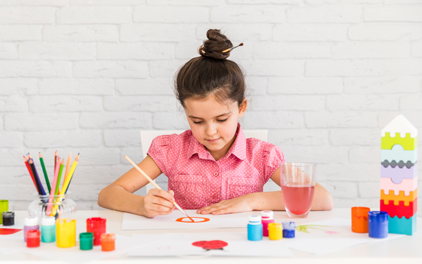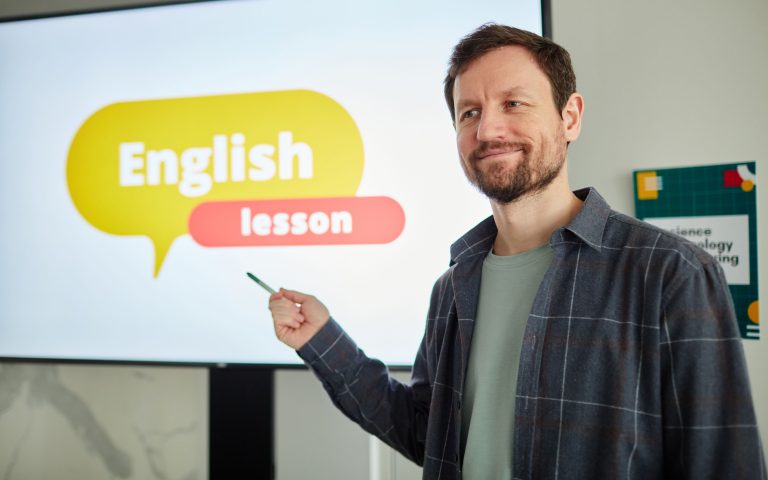One of the biggest decisions you’ll make as a parent is deciding to homeschool your children instead of sending them to a private or a traditional public school. Homeschooling is an attractive education option, and many choose it for various reasons. One of these reasons are the subjects available for children that traditional school systems don’t always offer. Some of these are the humanities subjects. Read on for our review on the arts of homeschooling. We’ll also discuss the subjects your children can do to nurture these talents.
The Homeschool Curriculum
The beauty of homeschooling is that you or your children and students are no longer bound by the class structure and format regular schooling follows or prescribes.
Homeschooling as an educational alternative is also seeing a range of curricula options and resources to suit different learning philosophies, study approaches, and the time a teacher can give to daily lessons and instructions.
You can follow the standard discipline. But you can also create room to encourage the child’s talents and interests. It also allows the learner to discover and hone their passions. Which in turn gives the student a personal touch to their learning experience. If you have more than one child homeschooling, they can take the same arts subjects. The difference will lie in the age-specific assignments they need to complete.
Understanding the Arts of Homeschooling
The arts is a field with many facets. As a parent, like the rest of us, you may enjoy the various creative expressions involved in the arts. Teaching the subjects, on the other hand, needs more than a textbook. You need resources, supplies and a dollop or two of creativity to make it exciting, and interesting. Studying the arts is a place where talent and skill are developed. The possible cost and challenge may seem impossible at first but with the right resources available and with a little help from Alison, it can be done.
Art Styles for Homeschool
The credits of any film, song, television show and the depth of a piece of visual art tell you that there are many styles and components to “art”. It’s a broad field which cannot be easily categorised. You wouldn’t want to either considering how much art and creativity exists. To make it easier to understand, the arts have been grouped into different styles. Each style is unique and explores and challenges different thinking, senses, and artistic pursuits.
o Visual Arts
The visual arts is a medium that encompasses visual perception. It’s the things you can see like sculpting, drawing, photography, filmmaking, crafting, ceramics, and architecture to name a few. These arts can further be categorised in decorative, commercial, and the fine arts. Think museums and the different types of museums you can visit. It’s a fun, interactive, “get your hands dirty” subject that can be enjoyed by children of all ages at home. DIY art projects, here we come.
o Performing Arts
As the name suggests, this is art which is performed in front of an audience and includes music, dance, and drama. Part of these arts are the musical instruments, hair, makeup, costume, and stage props that accompany a performance. Traditionally, this is taught by a certified instructor in a class setup where the voice, body, and facial expressions also have a strong presence on the stage.
o Applied Arts
“Applied arts” refers to the broad spectrum of art that includes the application of aesthetics and design in finding techniques and solutions for everyday practical things. Functionality comes into play in these arts, and this can be found in interior, fashion, and graphic design.
Alison’s Art Courses for Home-Schooling
The truth is, not everyone is creatively inclined. Even if this is true for you, it doesn’t mean your child or student will have to resort to basic theory when studying the arts at home. Alison’s Homeschool Hub has a plethora of courses you take to learn new skills, techniques, and facets of music, visual arts, drama, and design.
o Visual Arts
Alison’s visual arts courses appeal to learners who may have an interest in the arts but may feel they aren’t “creative”. Lovers of the Japanese comic book style anime, can learn How to Draw, Drawing Anime Characters – The Head, Face & Eyes, or go deeper with the Drawing Anime Characters – Full Features and Emotions course. Our Arts and Design Hub has plenty of other courses you can explore.
o Music
Pop. Classical. Modern. Folk or country. Music theory or even learning how to play an instrument. Have an ear for music but need help with the pitch and chords? Or you don’t have the voice but consider yourself a beat master and want to make music? our wide selection of music-related courses will have you singing in no time.
o Drama
If the stage is where you shine and you see yourself starring in a Broadway play or making people laugh with your comedic skills, we’ve got you covered. Begin your performing arts on the first page by learning the essentials of screenwriting and follow this up with courses from Emma Paunil. If, however, you consider yourself the star of the small or big screen, our Guide to Start Acting in Film & TV will get you once step closer.
o Design
And finally, design. This applied art discipline is for home-schoolers who want to learn how to channel their creativity with a purpose. Our design courses are for the solution-driven creatives who can walk into a room or step outside and know how to design and turn it into an amazing space. Fashion designers and graphic designers will flourish with our courses.
The arts are rich and broad. We reach for them in our downtime and depend on them to make us laugh, feel good, entertain, inform, and enrich our lives. The arts are a vital aspect of any society and therefore need just as much time, effort, energy, and dedication to make sure we all enjoy them for decades to come. This starts with investing in and utilising the resources during the home-school years and beyond.








